Insulation/Wall Profiles for old 1915 House Major Retrofit
Hello GBA Community, I’m new here so go easy 🙂
I have just bought an old 1915 house in Detroit, MI (Climate Zone 5A). The house was built uninsulated to begin with, and has a board sheathing with a disintegrating tar paper wrap on the outside of the sheathing. For siding, the lower half of the house is brick, the upper half of the house is vinyl siding with tar shingles underneath. House is 2100 square feet, and has a basement. We are doing a major remodel and are gutting most of the house to the exterior studs. We want the house to be as energy efficient as possible on a small budget. I am new to building and renovations, doing most of the work myself.
My first choice for beefing up the insulation would be to go with a double studded wall for both budget and skill-level, filling the wall with dense packed cellulose and having a vapor barrier on the outside of the interior 2×4’s. We took a lot of non-load bearing walls down and therefore have enough lumber to put up the second set of walls for free and labor will be free too since we will be doing it ourselves.
Questions are as follows:
1a. Since the house was never insulated from what I’ve read we would have to remove the siding and tar paper and replace it with a house wrap, rain screen, new siding. Is this necessary? It makes sense why you would need to do this but nonetheless seems like a major undertaking, both financially and labor-wise. I’ve seen a some people talk about putting a voluminous layer between the siding and the insulation (one guy used Delta Dry by Dorken) to create airflow between the insulation and the sheathing. I am skeptical that something like this would work but it would definitely cut down on labor and cost if it would.
1b. If the siding does need to come off, does the old sheathing board too? I am thinking about this question in terms of air sealing and also sheer strength. Most of it is in pretty good shape. If it weren’t necessary to come off, what type of house wrap would you recommend to help air seal since it seems there must be much more air leakage between these boards than with usual modern-day house sheathings.
2. We have an unfinished and uninsulated basement. Would this need to be insulated/finished in order to not loose all the energy efficient measures through the floor? We are planning on doing joist-bay radiant floor heating so will already be insulating the joist bays between the basement and first floor. Additionally, would an air/vapor barrier be necessary between an uninsulated basement and first floor?
3. If I am to do a double studded wall, how does one best insulate the rim joists? Spray foam or…? Is this less of an issue if I am already insulating the joist bays due to the radiant floor heating?
Any other suggestions, please throw my way.
GBA Detail Library
A collection of one thousand construction details organized by climate and house part
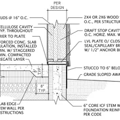
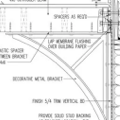

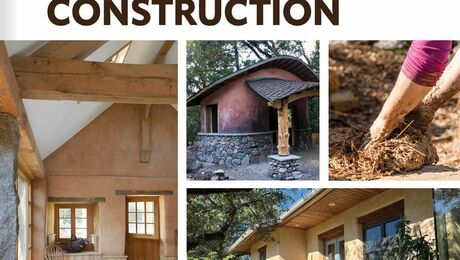
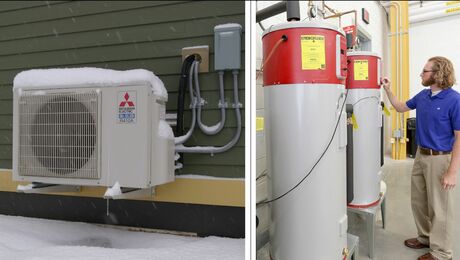

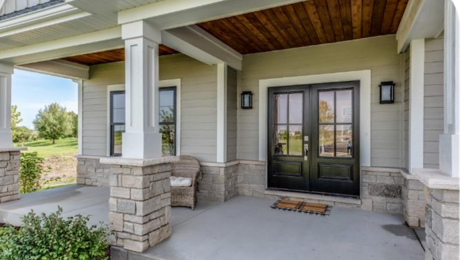
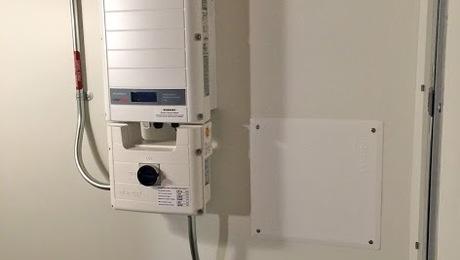

Replies
Look at this Q&A for links to other posts about insulating old walls: https://www.greenbuildingadvisor.com/question/insulating-a-house-with-old-wood-siding-and-no-sheathing
Carl, thanks for the info, very helpful. I will now plan on (thankfully) not taking off the brick. For the rigid foam board, I cannot find much info on what type to use (EPS, XPS, polyiso). Foil faced vs. not, vapor permeable versus not. It seems important to have the rigid board waterproof, can you buy these in all these types of boards with waterproof surfaces?
Do you have any other suggestions on my second question about the unfinished/uninsulated basement? Would I need an air/vapor barrier between the basement and first floor?